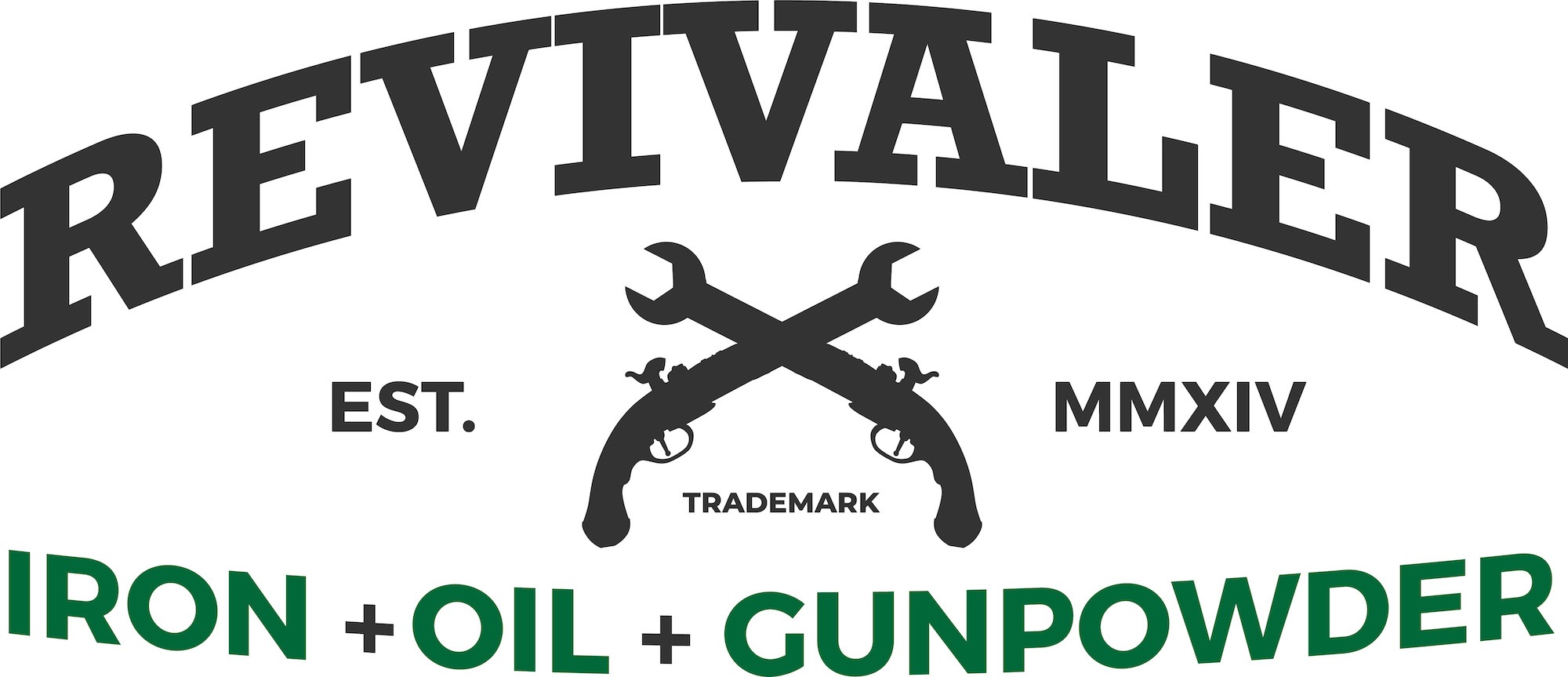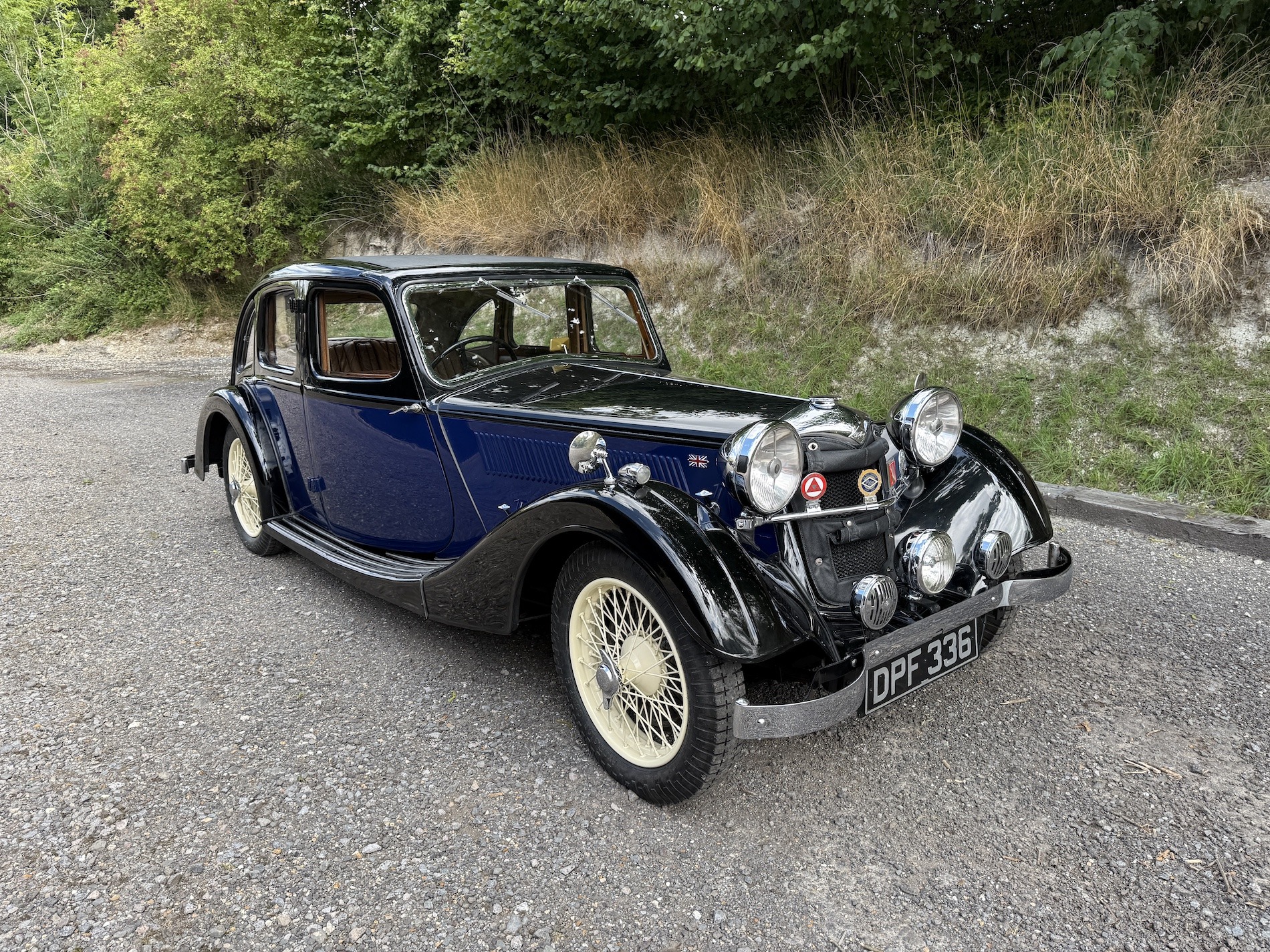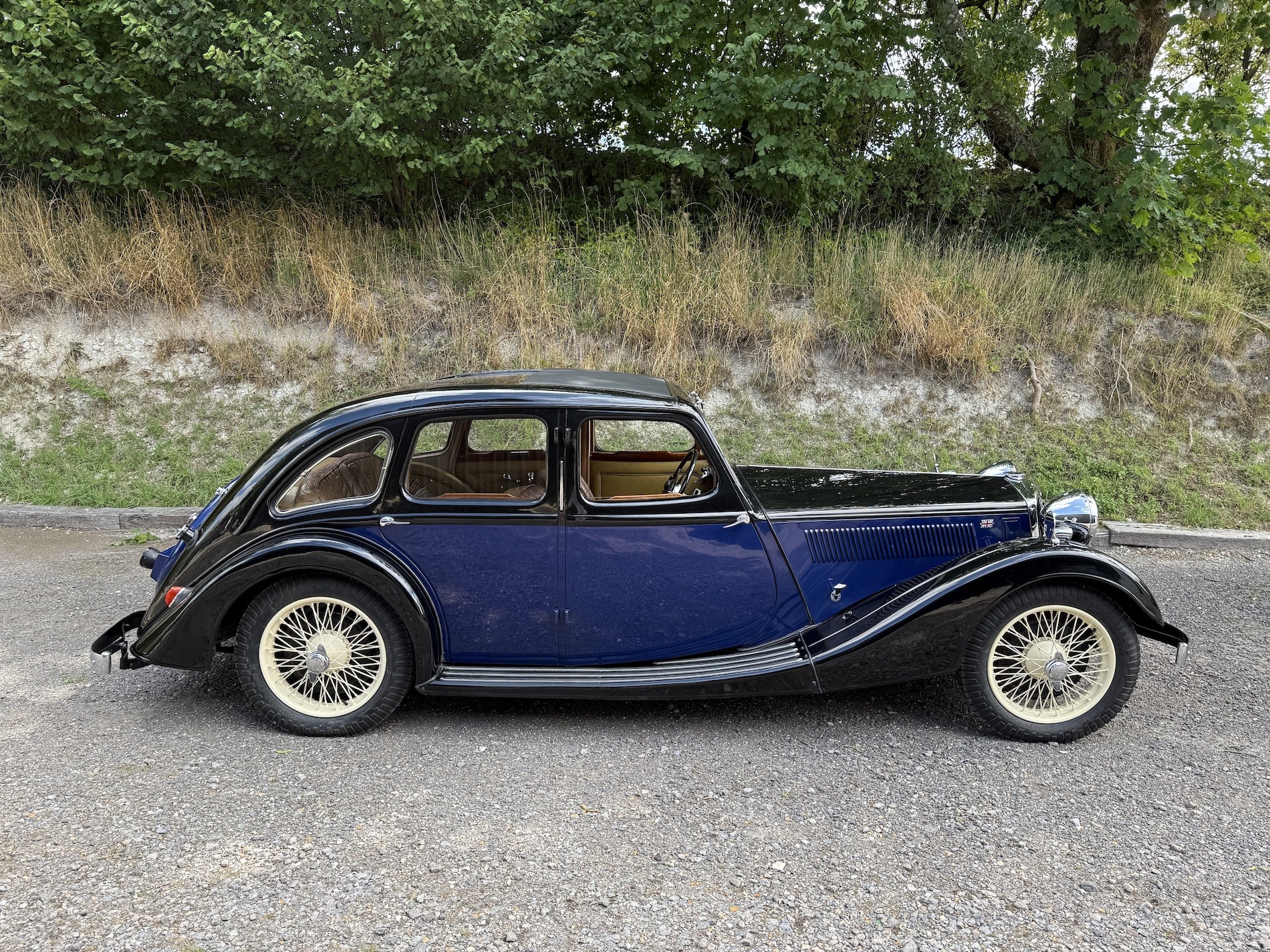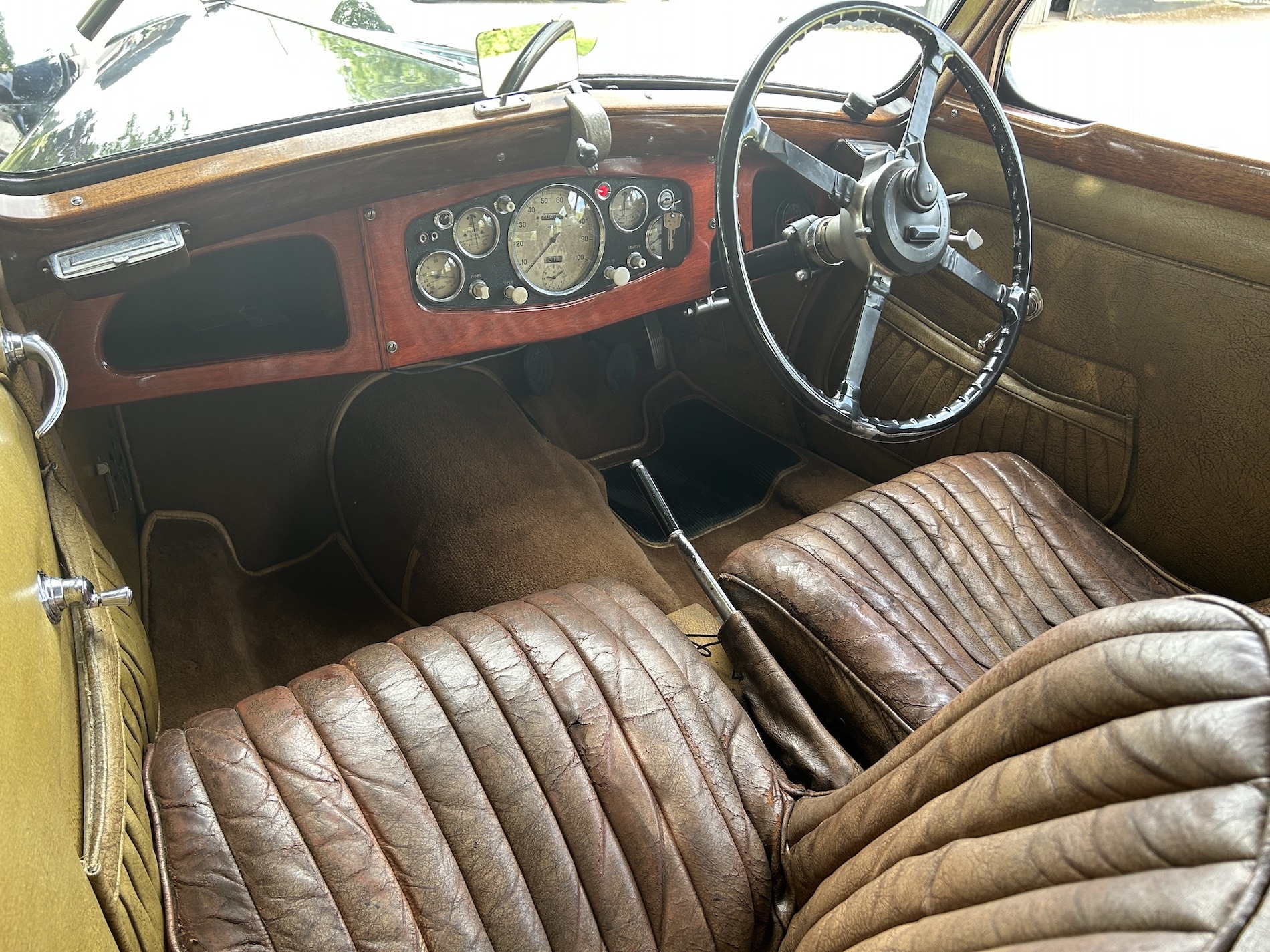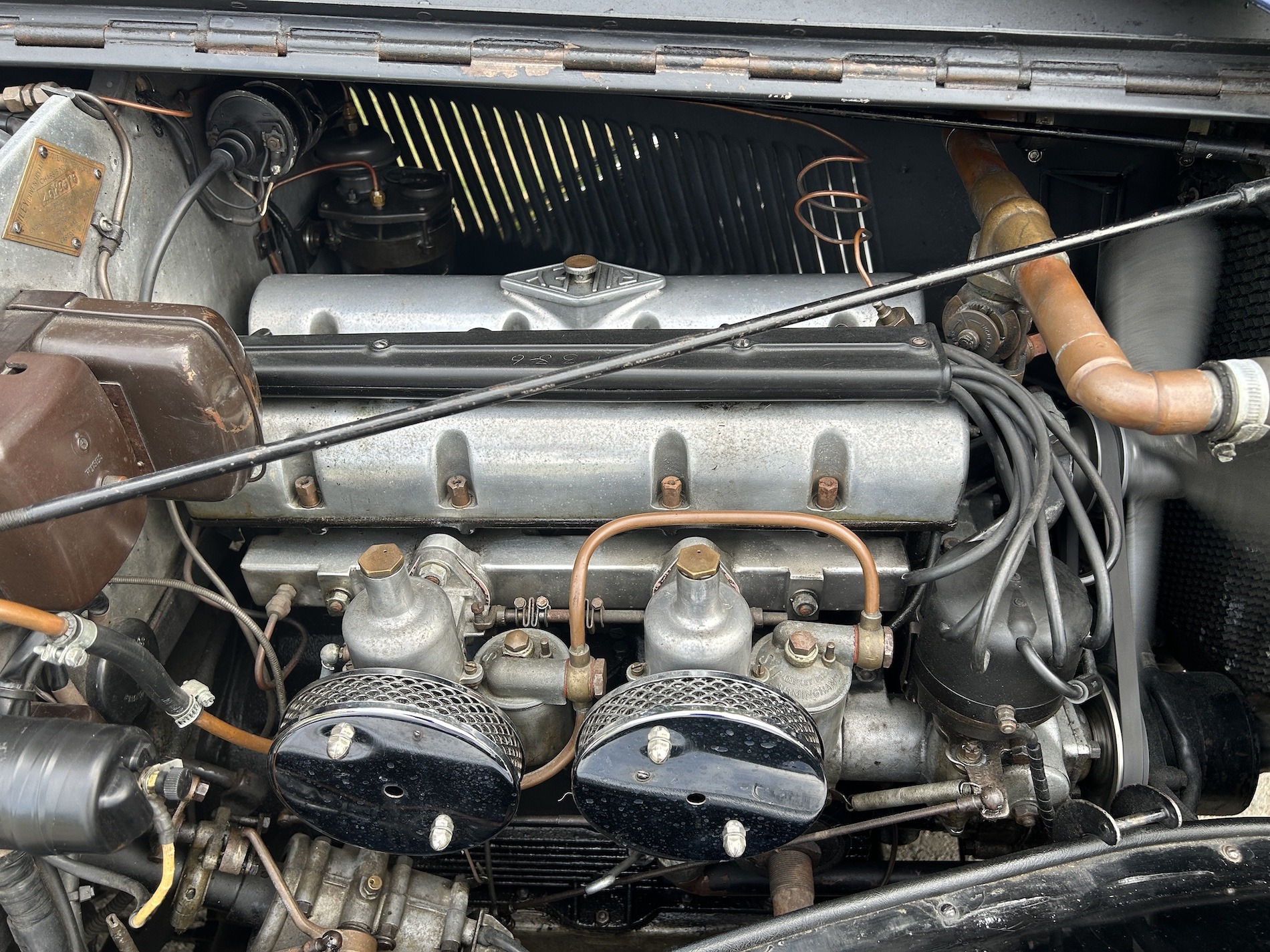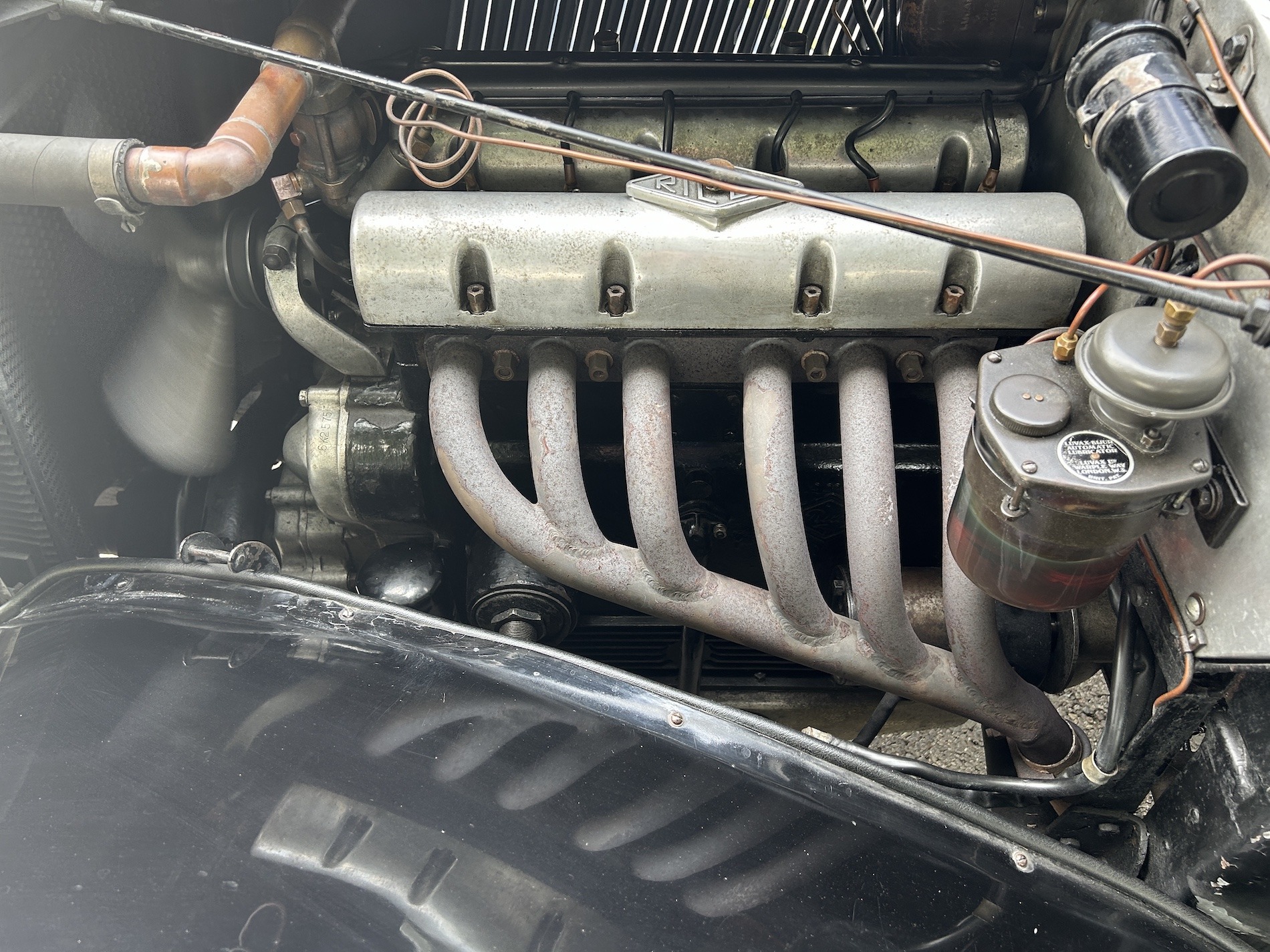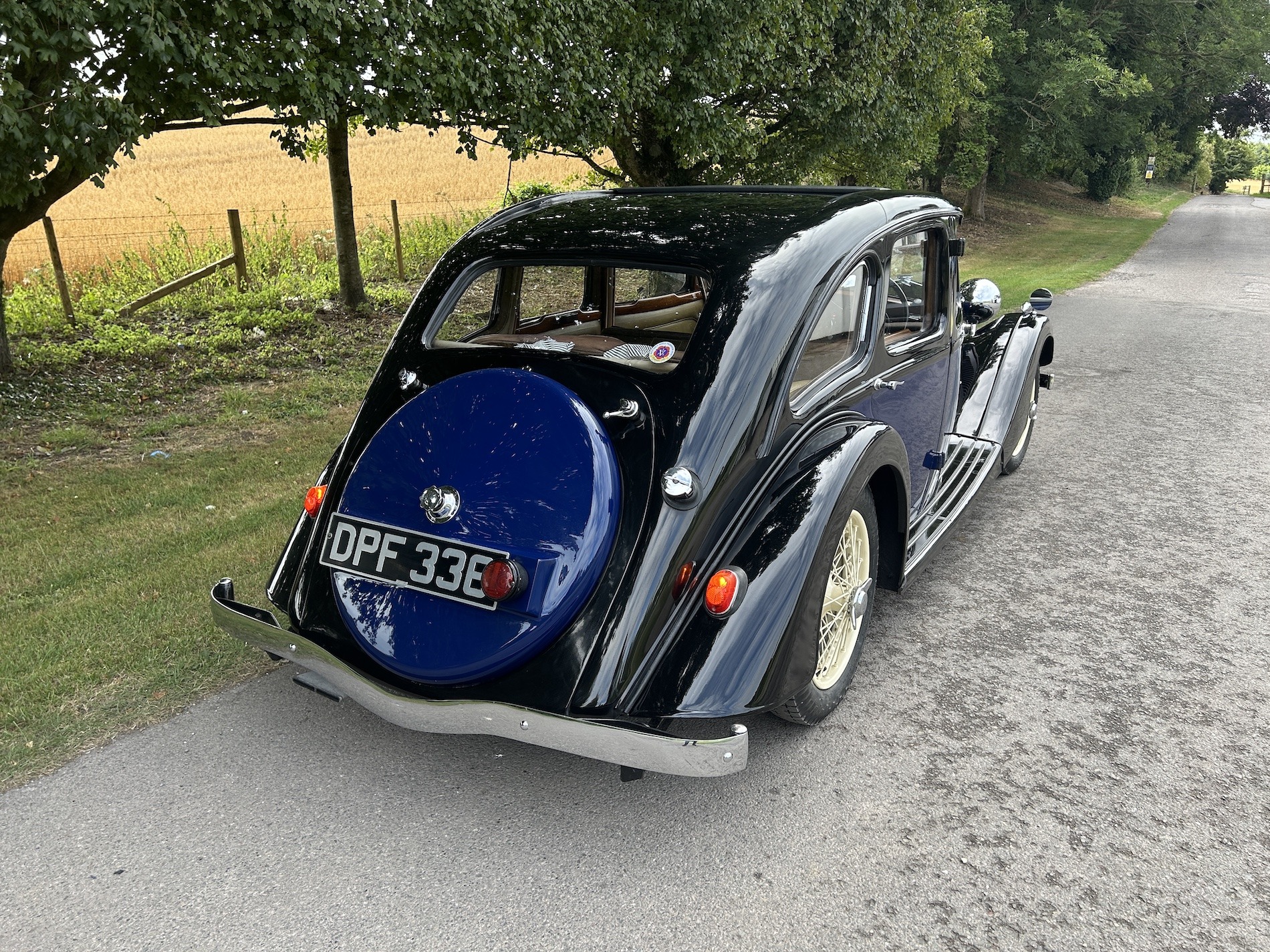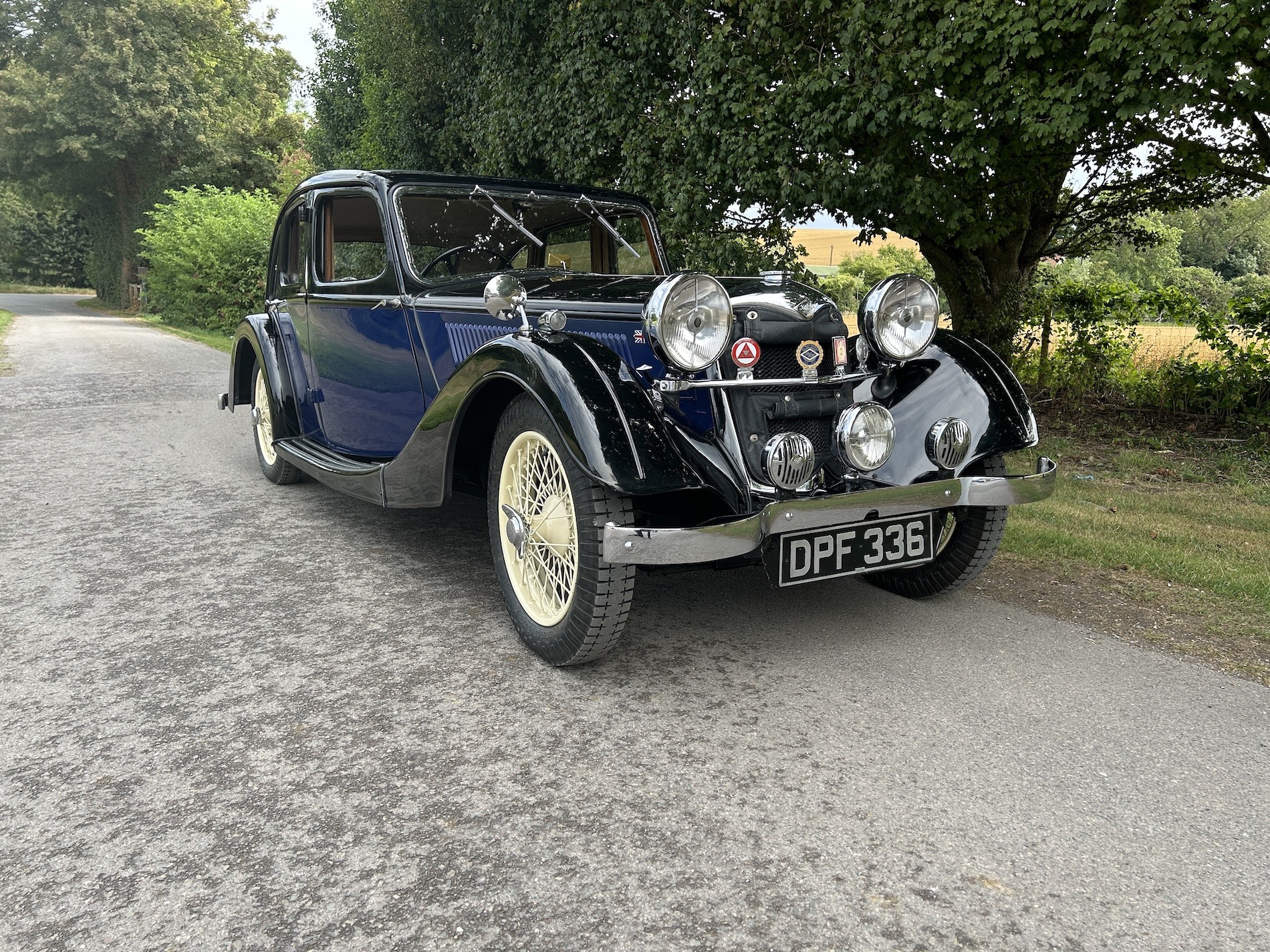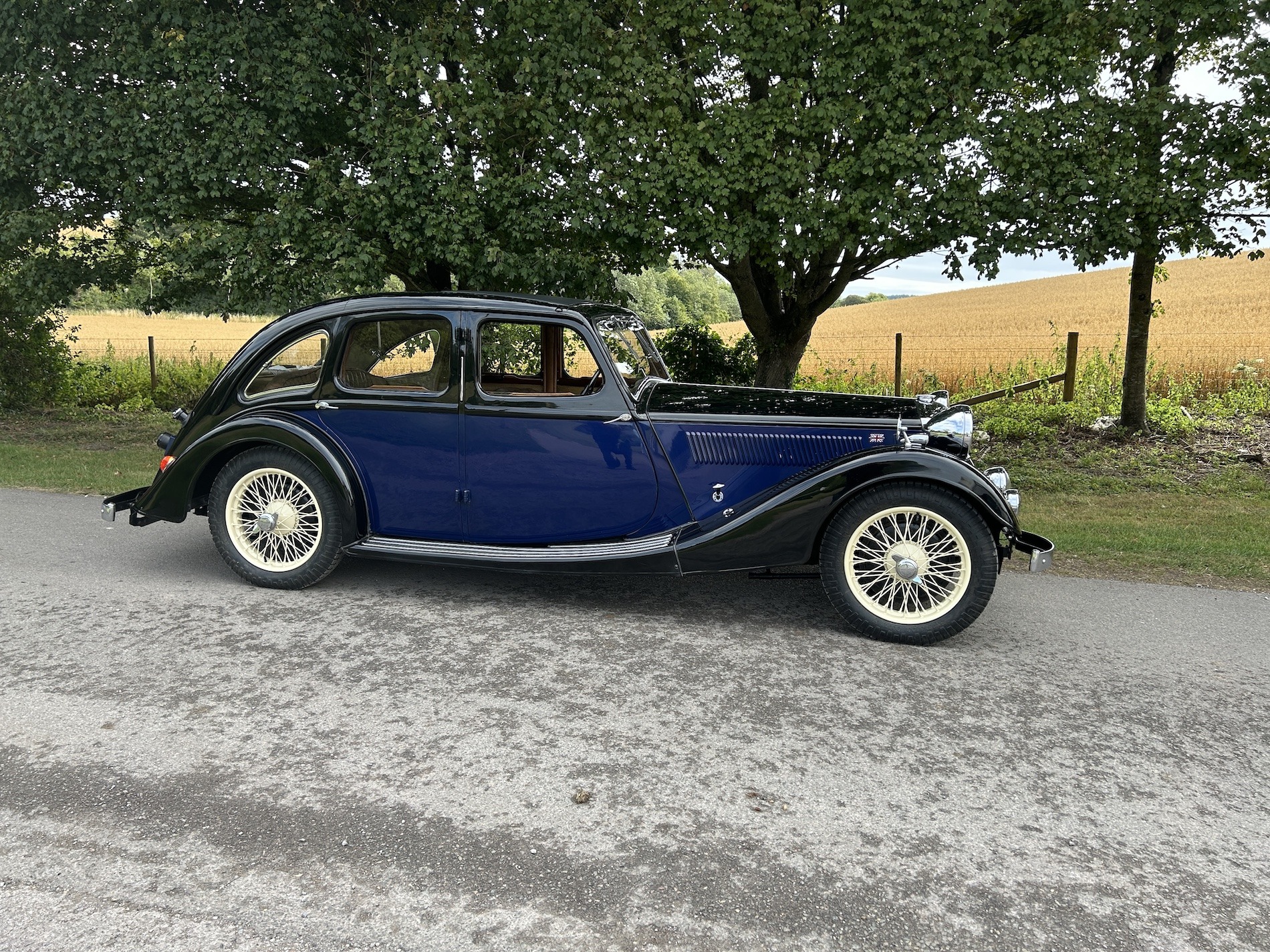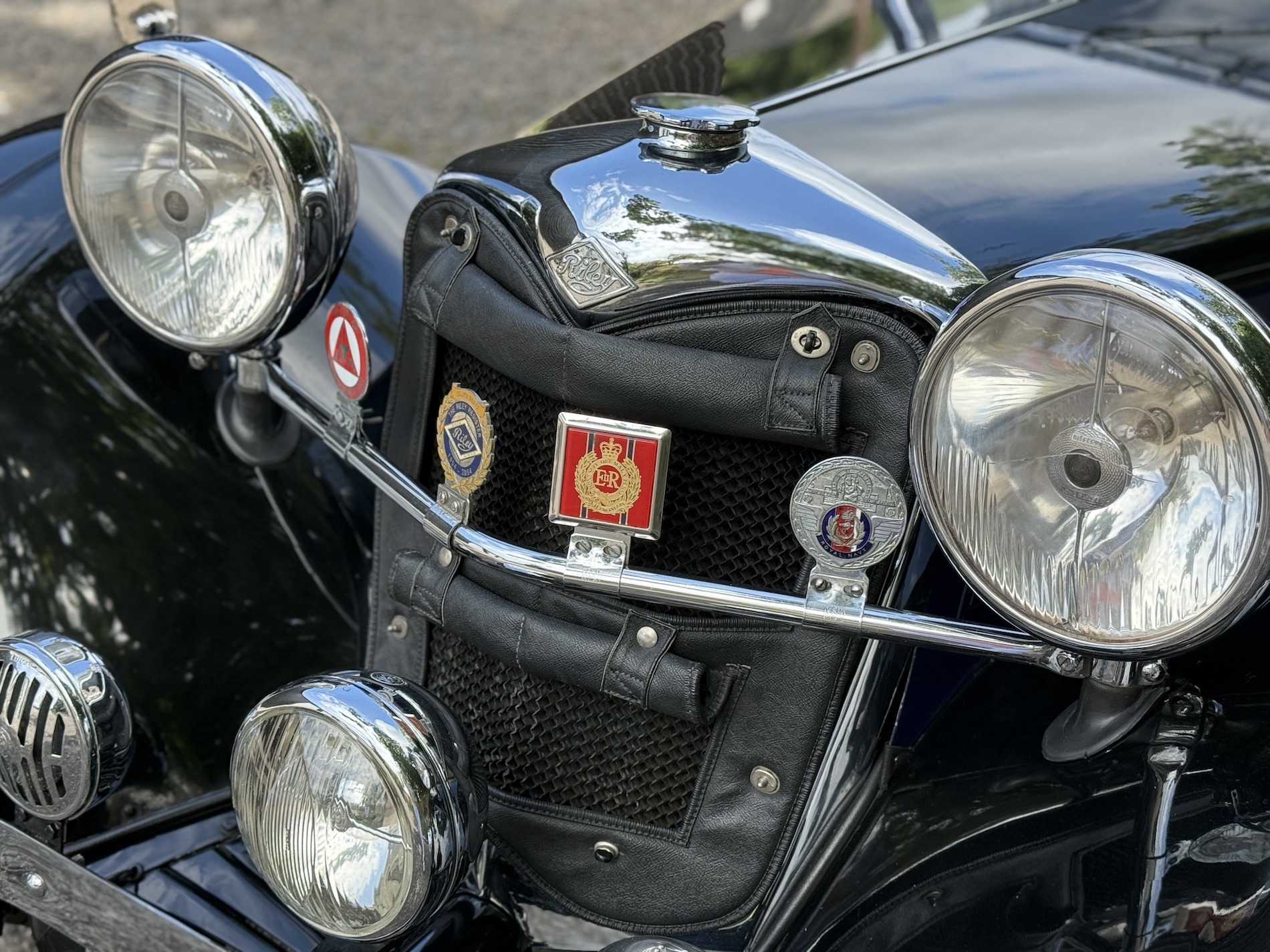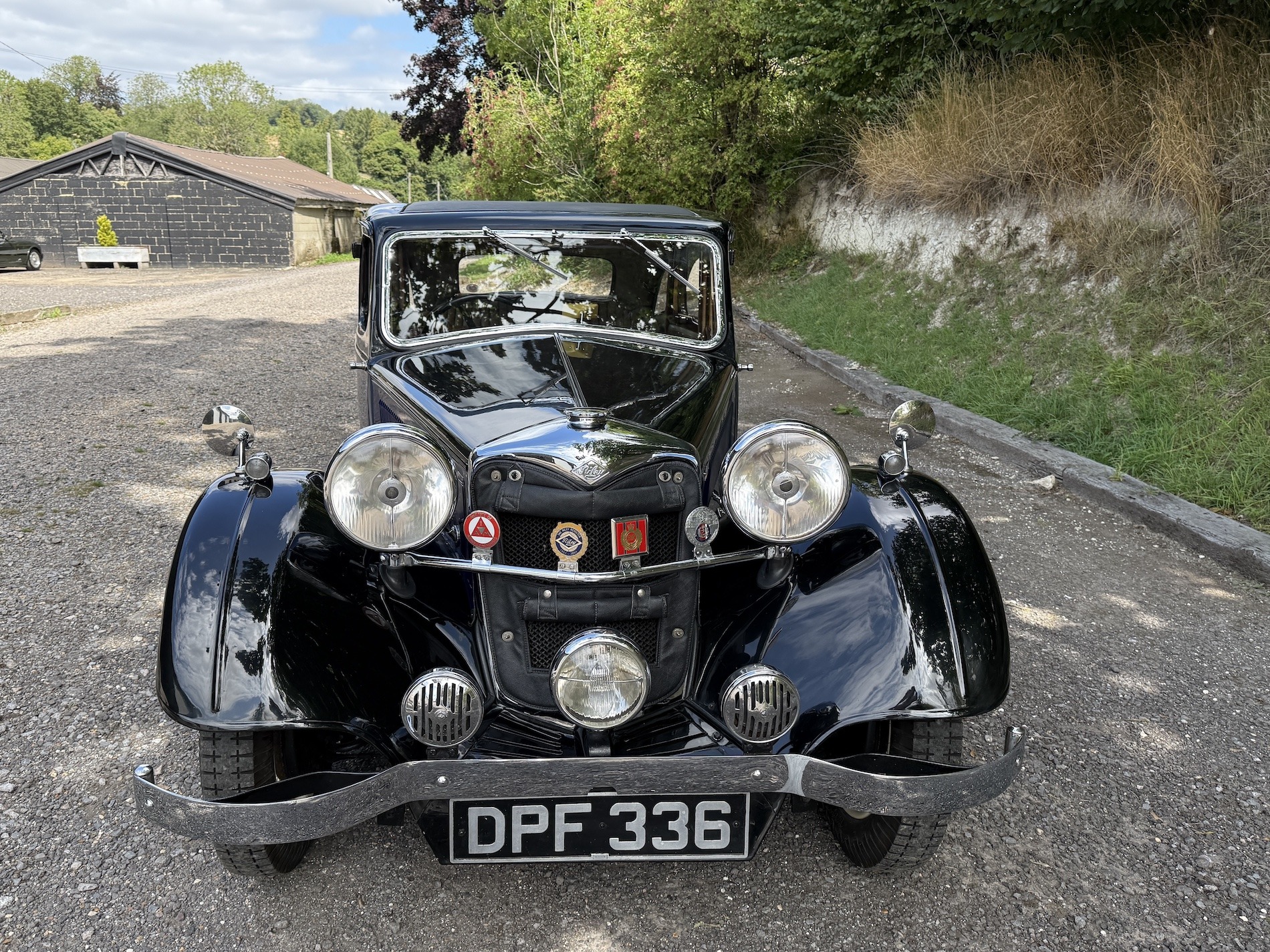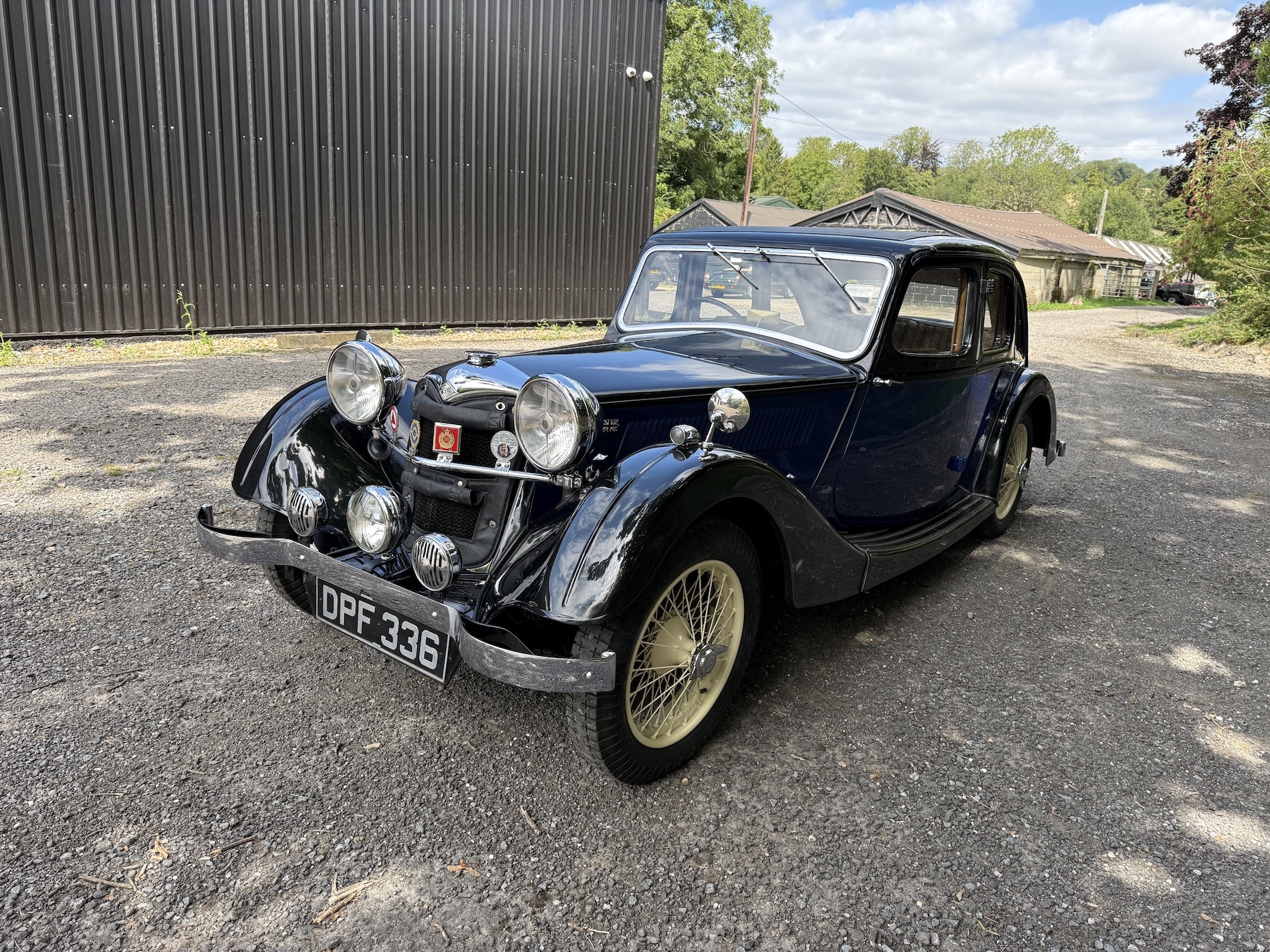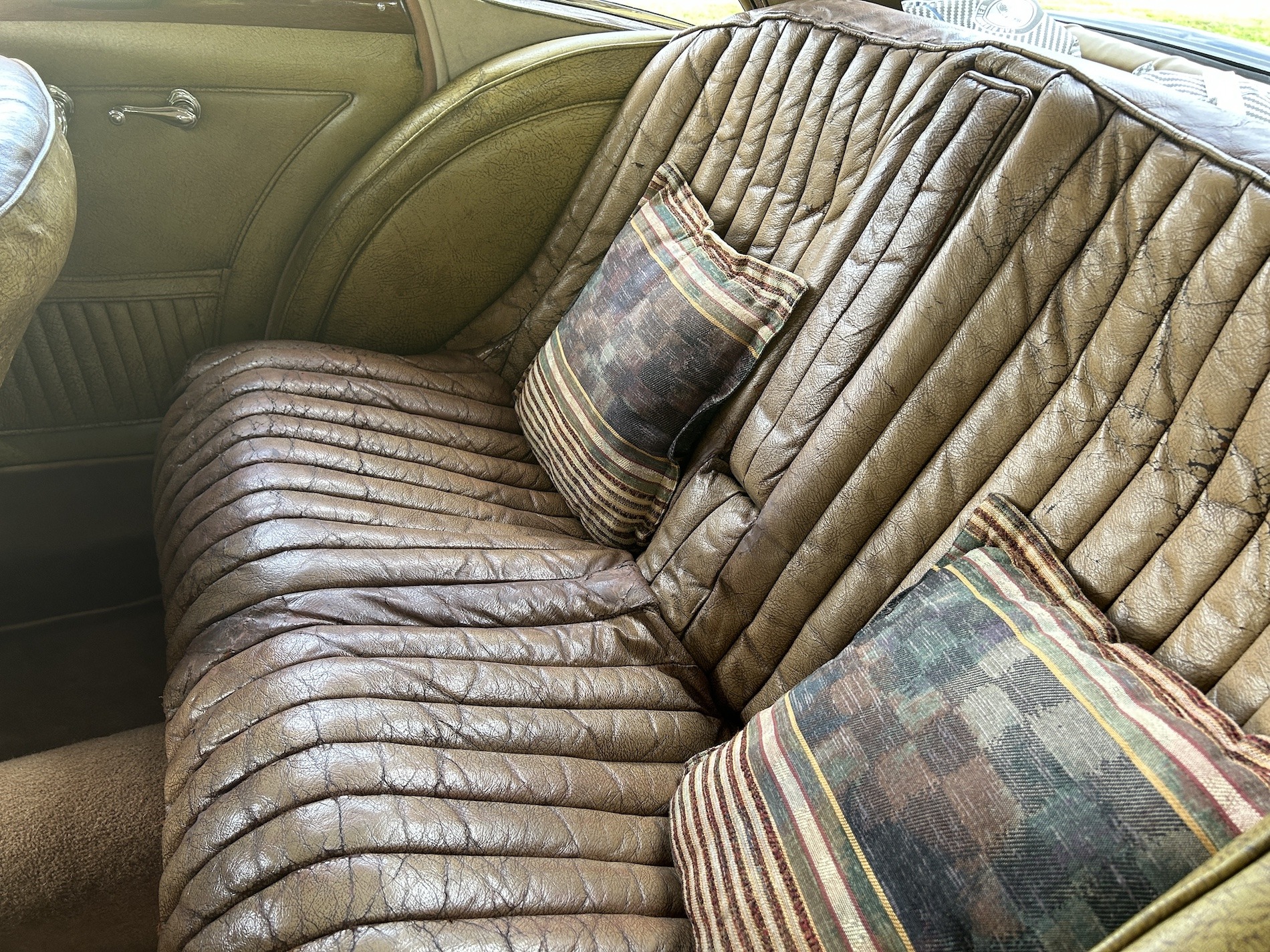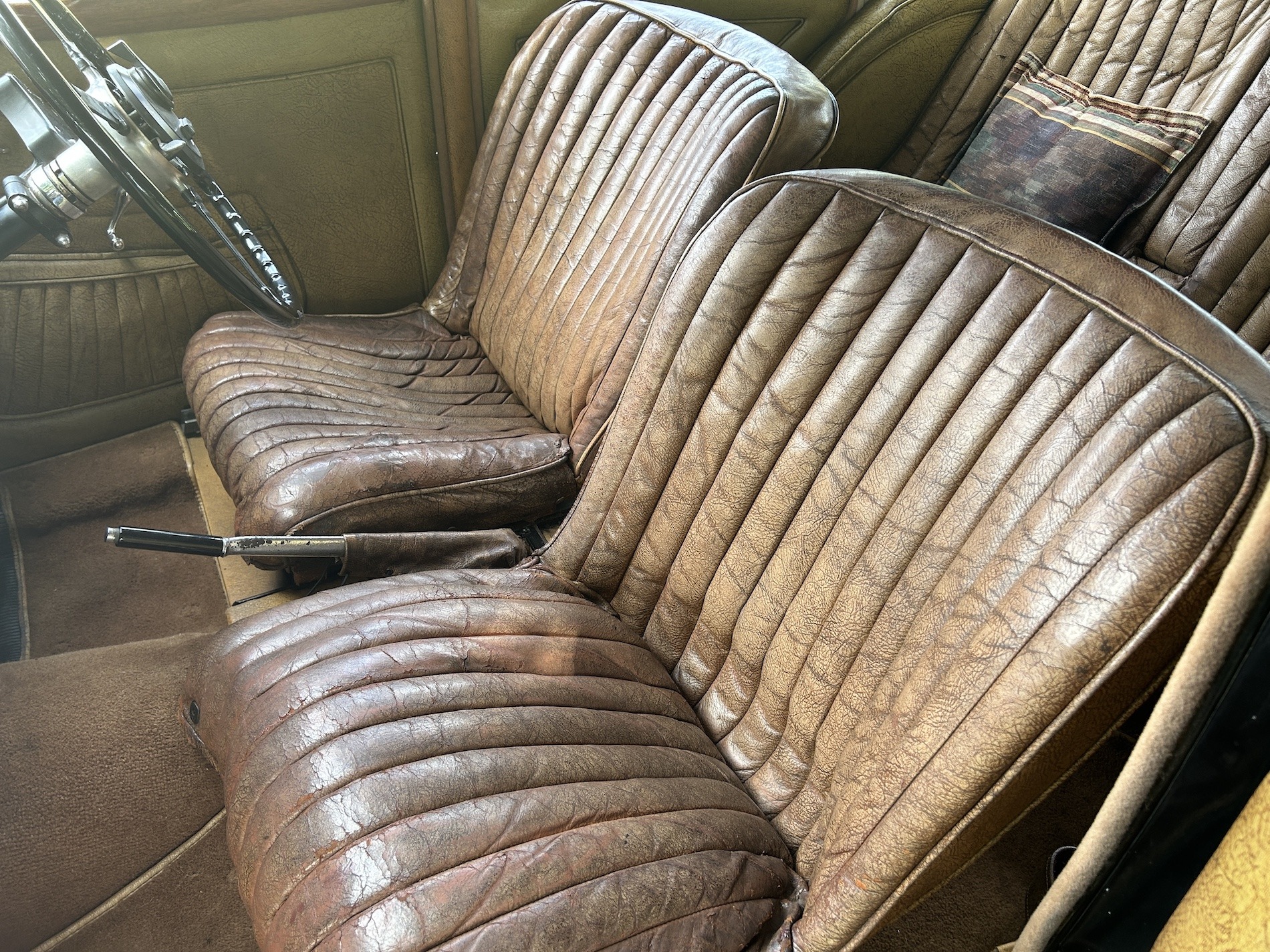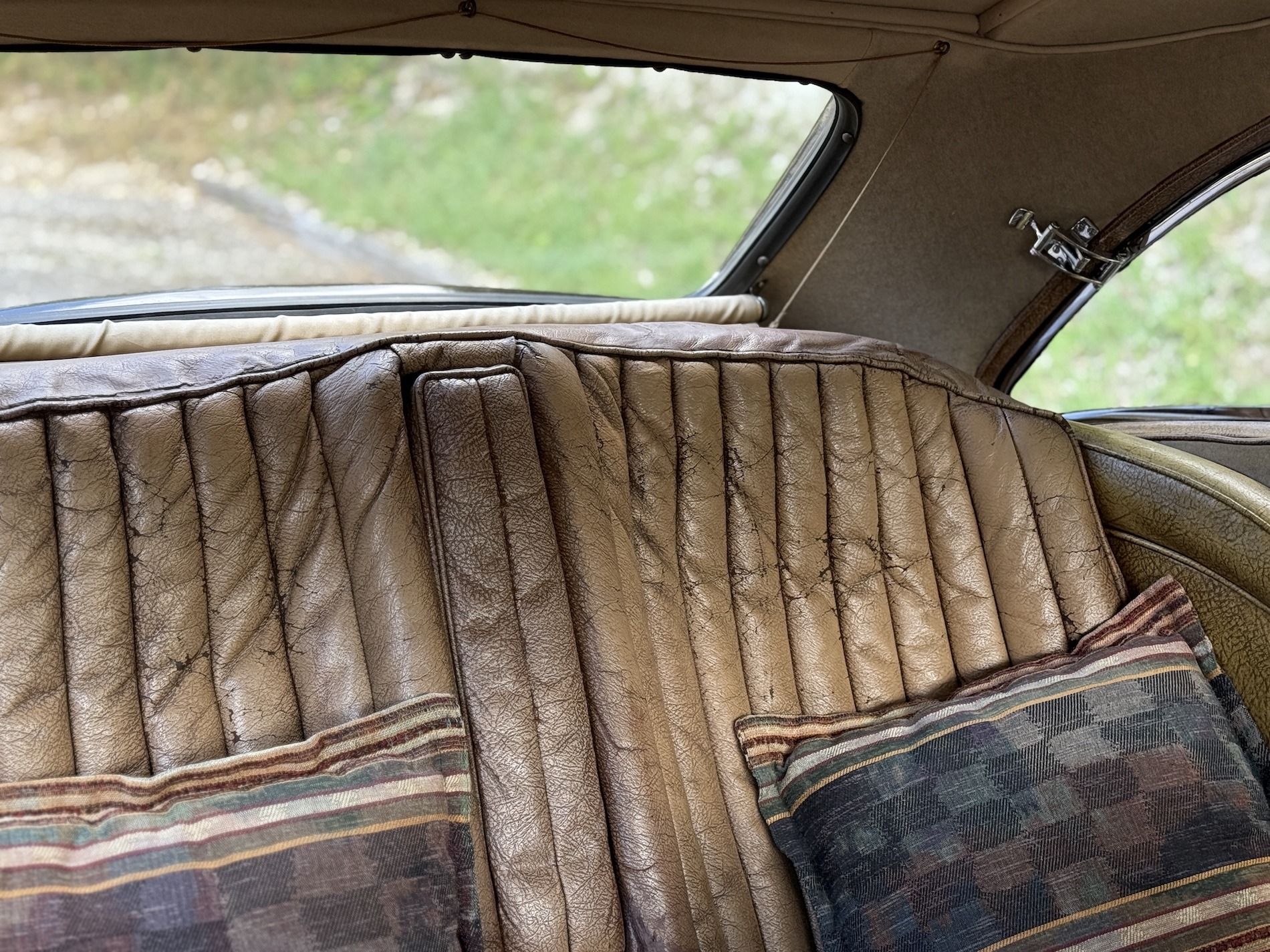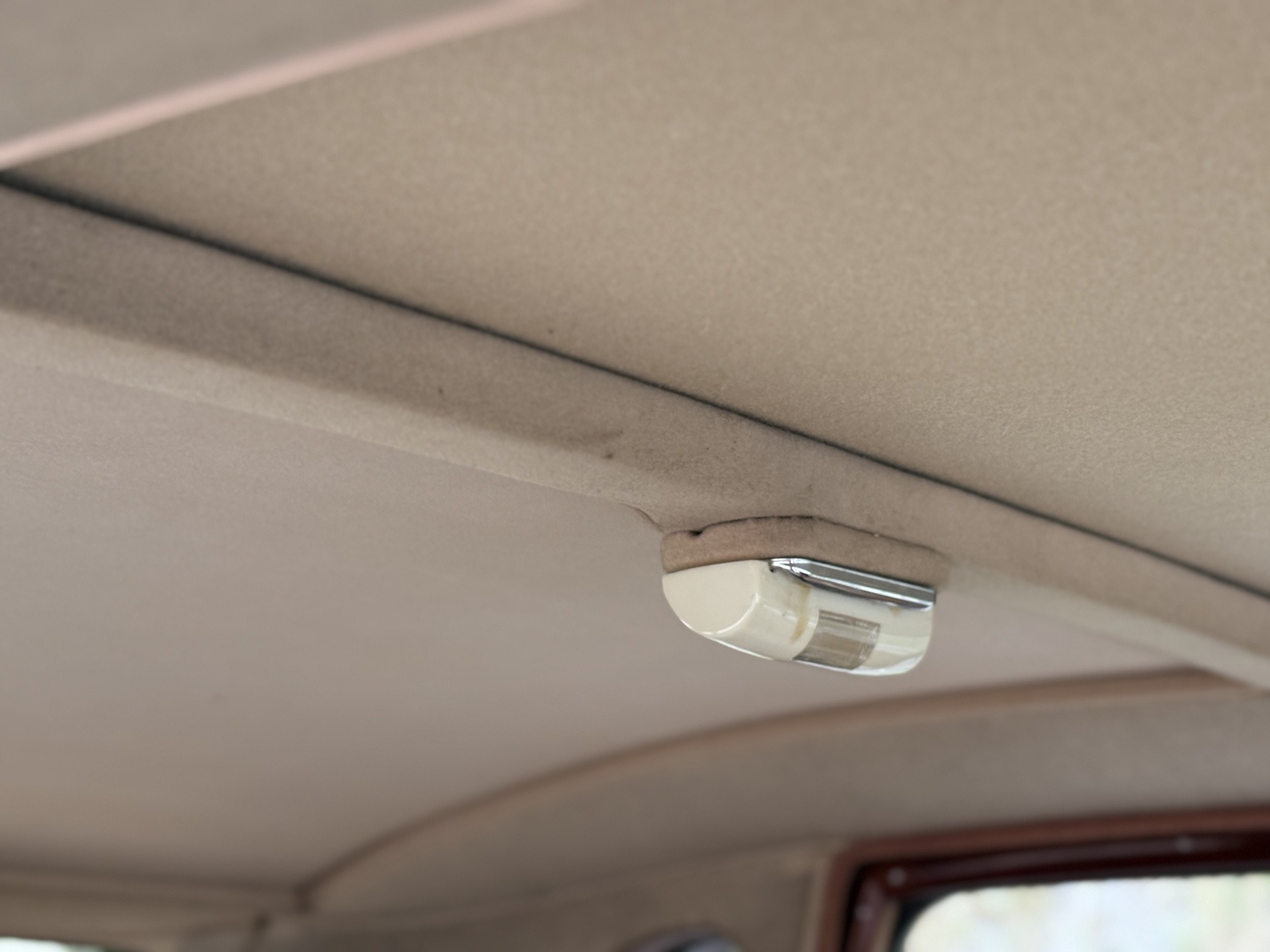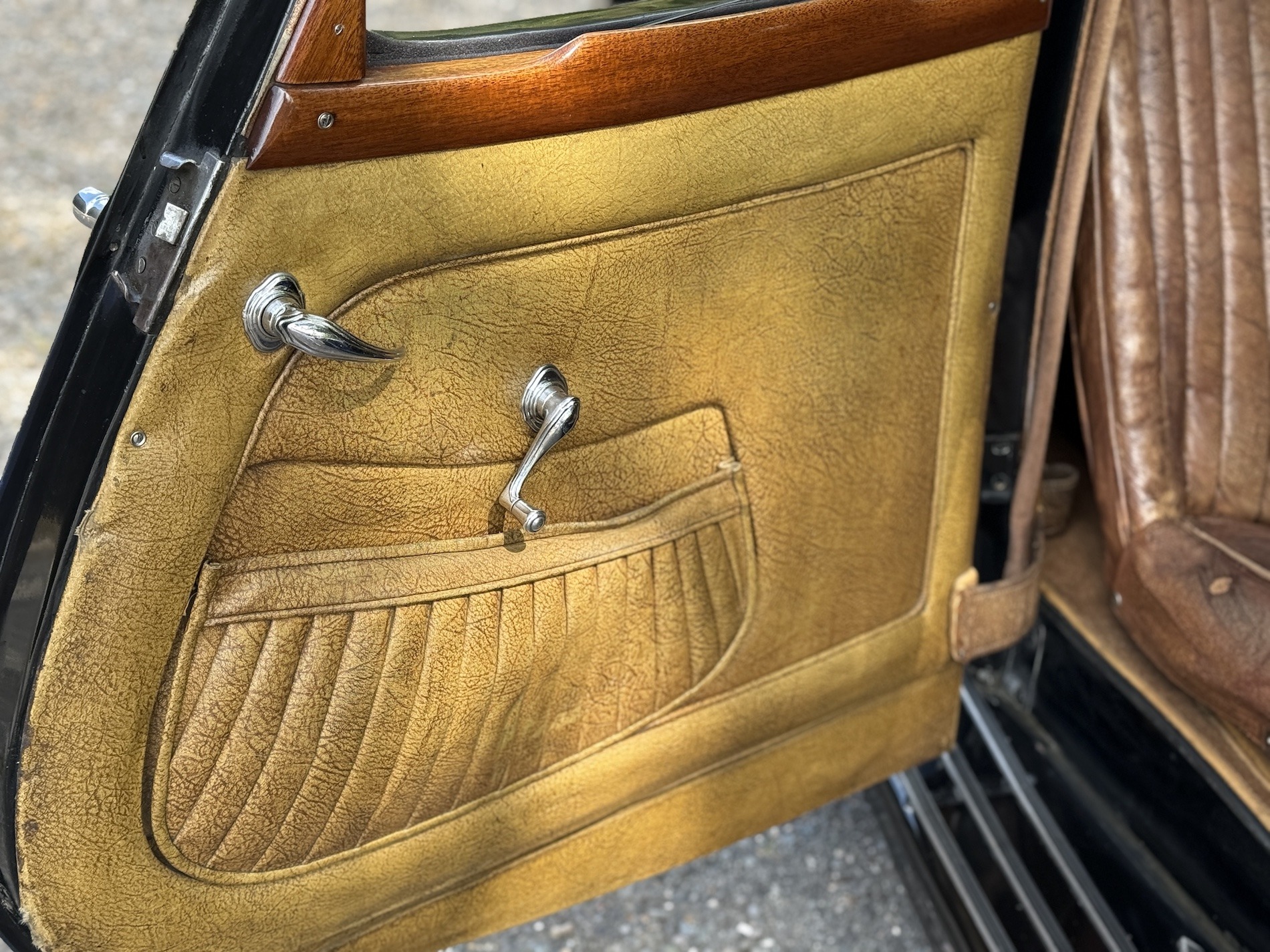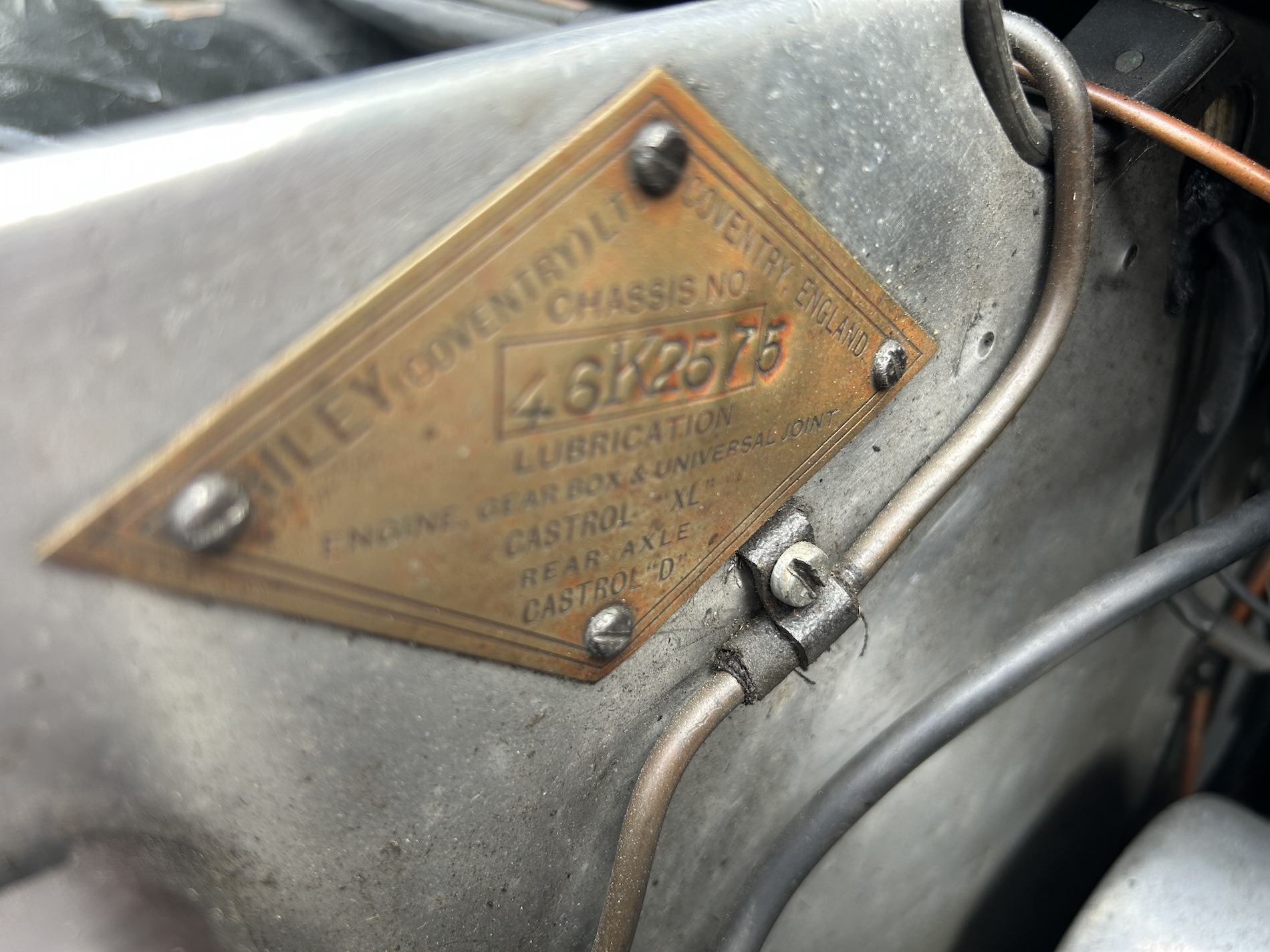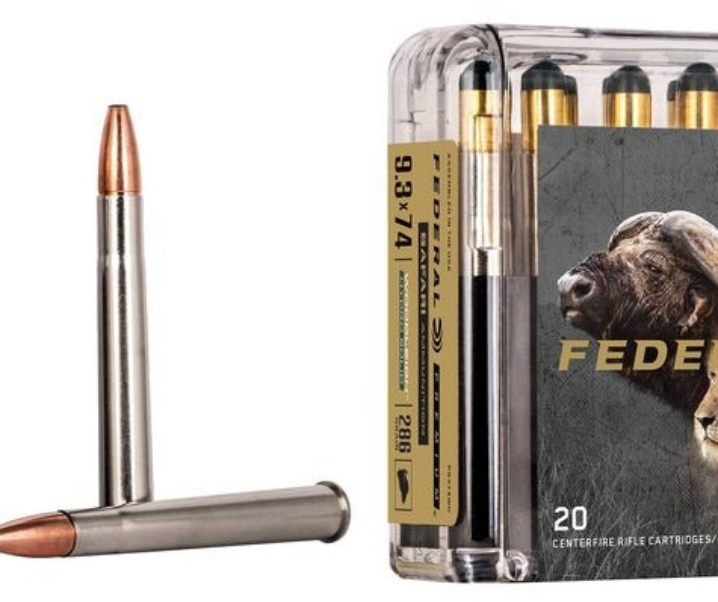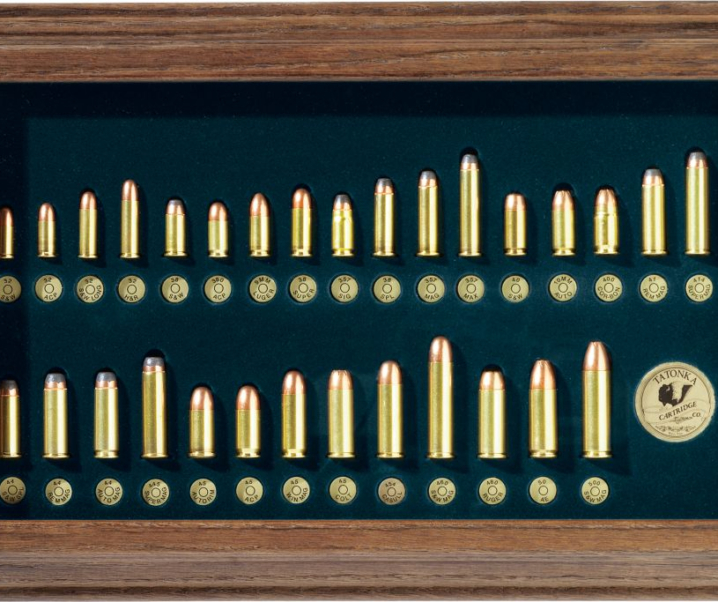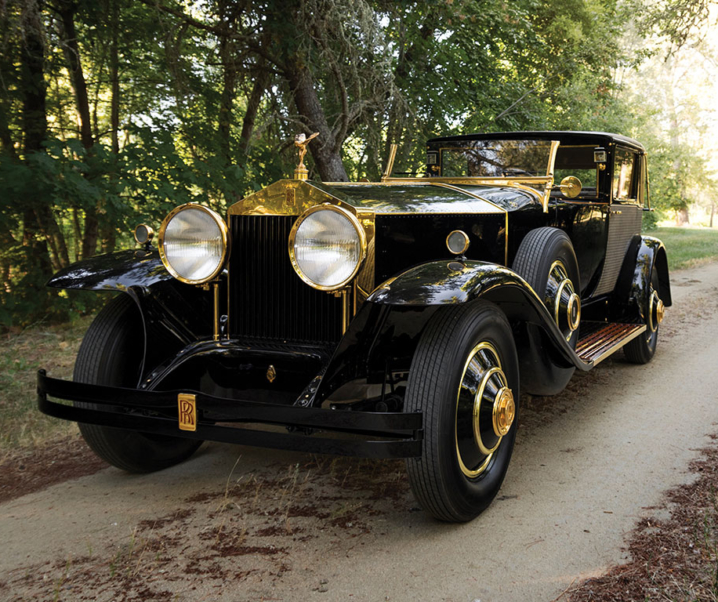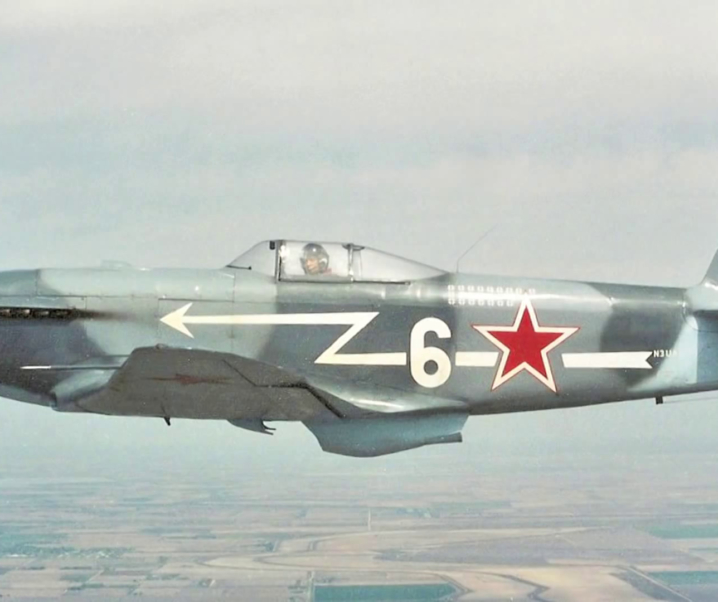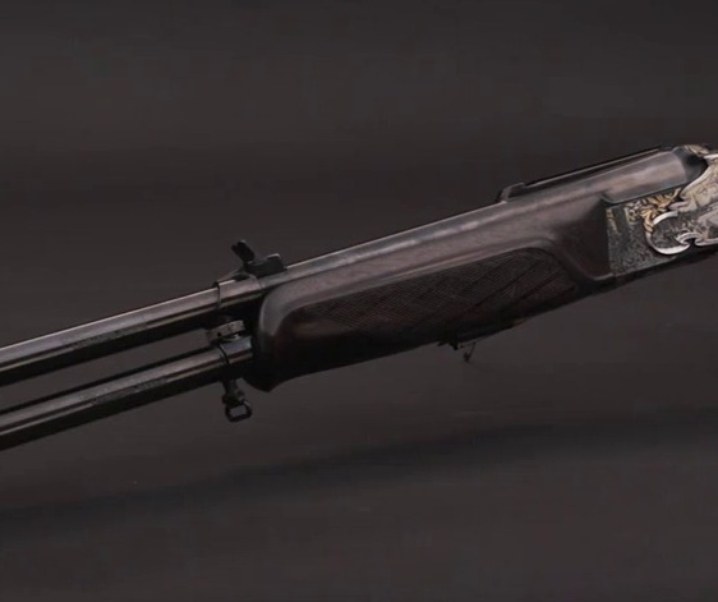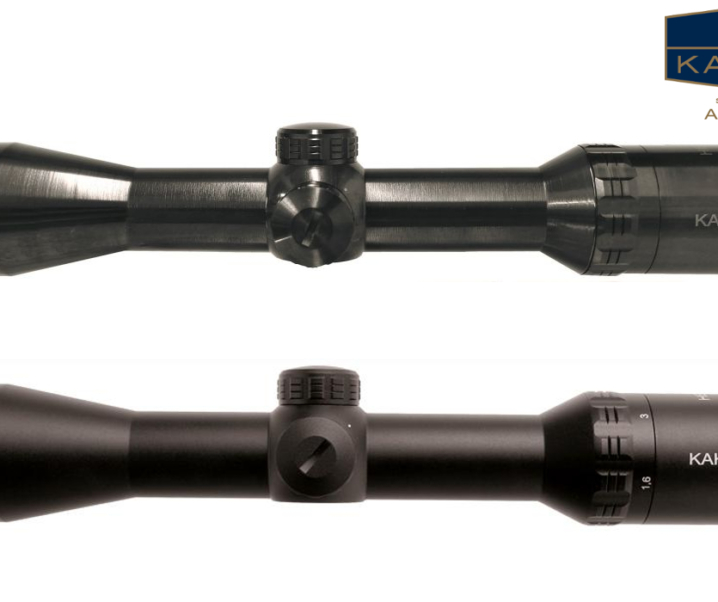The 15/6 Riley Kestrel is one of the most delightful cars ever made in Britain. The 15/6 Kestrel embodies the best of 1930’s design with the advanced Riley engine and pre-selector transmission. It is one of the most desirable of British classic cars.
Fast Facts
- Among the most respected British car makers of the twenties and thirties was Riley.
- Riley earned their reputation through excellence in design and in quality of manufacture.
- The Riley engines that emerged in this period were of an unusual design having twin camshafts mounted high on the crankcase to avoid the complexities of an overhead camshaft and yet keep reciprocating weight of the valve gear as low as possible.
- Riley cars reached their epitome in the late 1930’s and one of the most outstanding cars they made was the 15/6 Kestrel.
- One of these Riley 15/6 Kestrels is up for sale in the UK by Vintage and Classic Car specialist Robin Lawton at time of writing.
Among the greatest of British car marques of the 1920’s and 1930’s was Riley. The motto of the company was “As old as the industry, as modern as the hour.” and this reflected the history of this family business which had begun manufacturing bicycles in the 1890’s and emerged as one of the earliest motorcycle and automobile makers in Britain.
The heyday for Riley was in the inter-war period of the 1920’s through to the end of the 1930’s. They were not famous as makers of luxury cars but instead focused on excellence in design and quality of manufacture. Riley was a company whose leadership were enthusiasts who put their best into the things they did.
Riley made a name for themselves in competition, as was necessary during that period of history. In the 1925 London-Exeter-London Trial Riley cars won three gold medals and seventeen silver and could boast the highest number of cars that successfully completed the trial.
Riley continued their successes in motorsport in the Time Trials (TT’s) of 1929, 1930 and 1931, during the time of the global Great Depression which drove so many automobile makers out of business.
In 1932, 1933 and 1934 Riley racked up more victories along with a venture to Le Mans where they obtained a fourth place in 1933, and second, third, fifth, sixth, twelfth, and thirteenth places in 1934 in what was the most prestigious motor race in the world.
On top of that Riley eked out victories at the famed Brooklands racing circuit with wins in the 500 mile race in 1934, 1935 and 1936.
These competition victories firmly established Riley’s reputation but Riley tended to avoid becoming a luxury car maker and instead aimed at offering cars that were affordable and that provided cars that were of advanced but proven design, with much attention paid to quality control.
As a company led by enthusiasts Riley’s model range was extensive, and among its model range was the Kestrel, introduced in 1933.
The Kestrel was made to be a sleek looking yet very practical car: it was so sleek that it looked fast just standing still.
The car was based on a conventional steel chassis onto which was built an ash wood frame clad with aluminium alloy body panels. This made the car light yet also structurally solid.
Suspension was by semi-elliptic leaf springs front and rear, brakes were 13 inch Girling mechanically actuated drums: and the wheels were “knock-off” quick detachable 3″x18″ wire wheels.
The first models of the Kestrel were powered by a Riley design four cylinder OHV engine. These engines were of the classic Riley design which had twin camshafts mounted high on the crankcase, thus retaining the ease of maintenance of a pushrod engine but with the advantage of short pushrods to keep the reciprocating weight down.
After its inception the Kestrel was given more powerful engine options moving from the initial four cylinder to six cylinder models the 12, 14/6 and 15/6 which entered production from 1936 onwards.
Riley offered bespoke options for customers and these engines could be ordered in standard form with one SU carburettor, or as a Special with twin SU carburettors, or for the sporting minded with the Sprite engine configurations with special camshafts and different ignition options.
The cars fitted with the Sprite options were typically sold as Kestrel Sprites and had a delightful “Jekyll and Hyde” personality with the comfort of their interior, sleek and beautiful bodywork, concealing that more powerful Sprite configuration engine.
Of the Riley Kestrels I think the 1,726cc 15/6 represent the epitome of the type, and for me the epitome of all the Riley models of the 1930’s: graceful, yet sufficiently powerful, and with their Armstrong Siddeley Preselector 4-speed gearbox easy and enjoyable to drive.
One of these beautiful Riley Kestrels has just come up for sale in Britain by Vintage and Classic Car specialist Robin Lawton.
The 15/6 Kestrel is a rare car to find with less than a dozen believed to still exist. The car being offered features an original light tan interior and in its photos looks to be in lovely condition.
You can find the sale page for this car if you click here.
Picture Credits: All pictures courtesy Robin Lawton Vintage and Classic Car specialist.
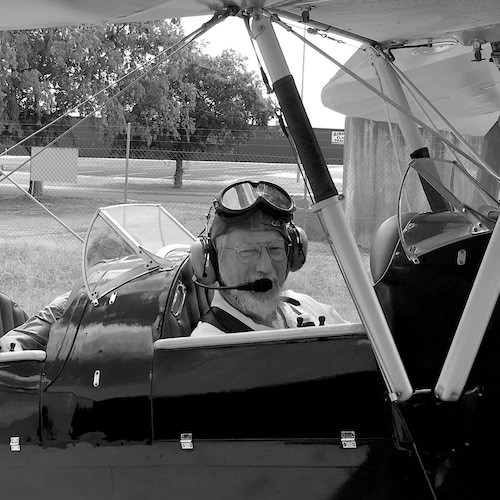
Jon Branch is the founder and senior editor of Revivaler and has written a significant number of articles for various publications including official Buying Guides for eBay, classic car articles for Hagerty, magazine articles for both the Australian Shooters Journal and the Australian Shooter, and he’s a long time contributor to Silodrome.
Jon has done radio, television, magazine and newspaper interviews on various issues, and has traveled extensively, having lived in Britain, Australia, China and Hong Kong. His travels have taken him to Indonesia, Israel, Italy, Japan and a number of other countries. He has studied the Japanese sword arts and has a long history of involvement in the shooting sports, which has included authoring submissions to government on various firearms related issues and assisting in the design and establishment of shooting ranges.
